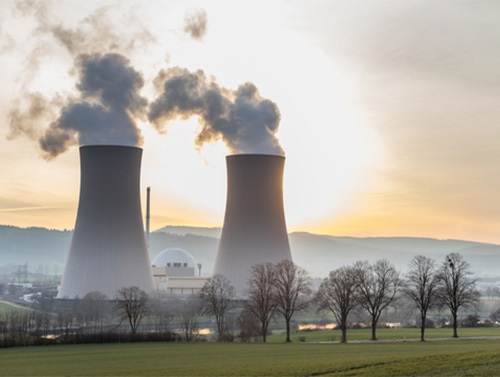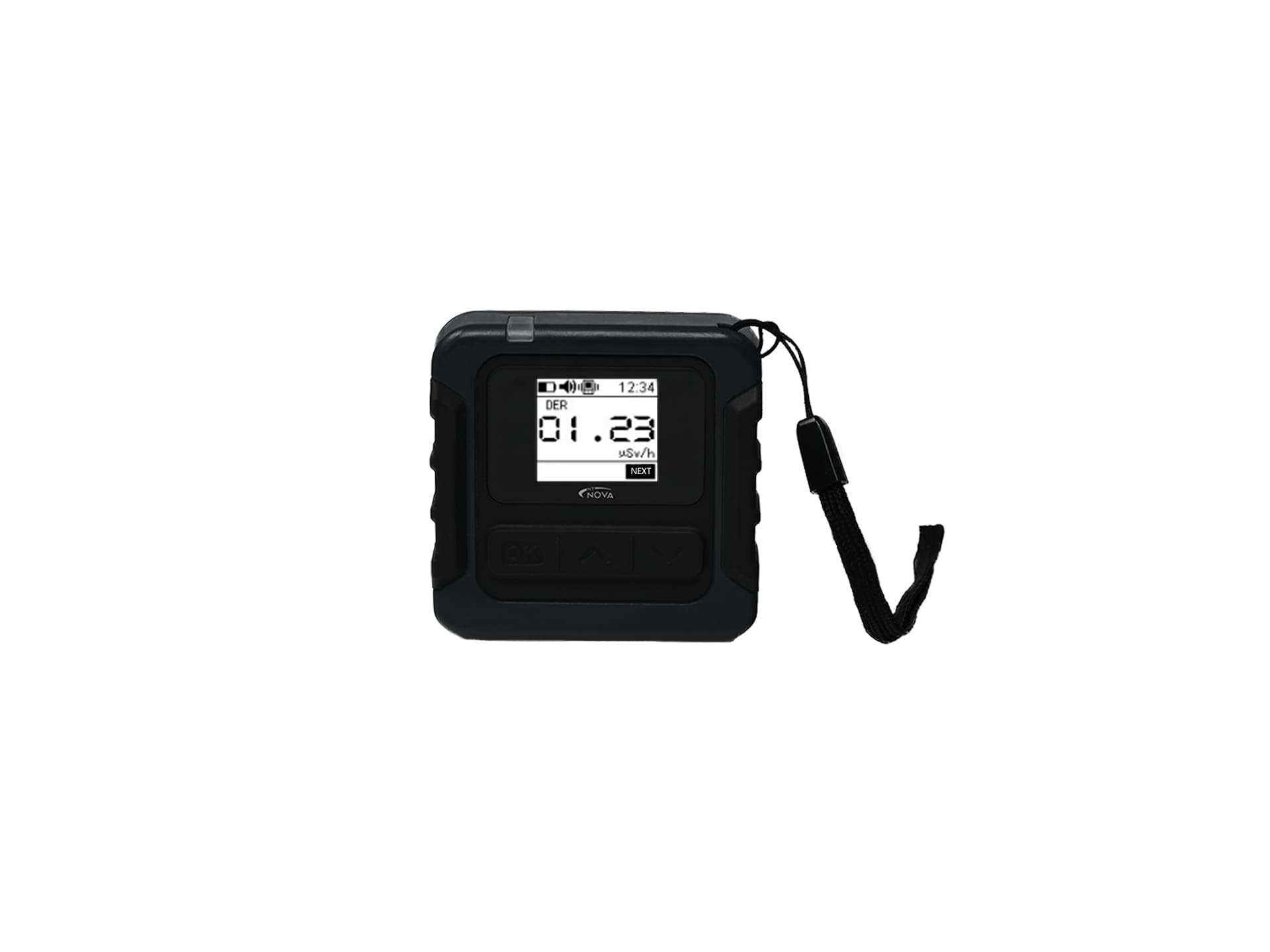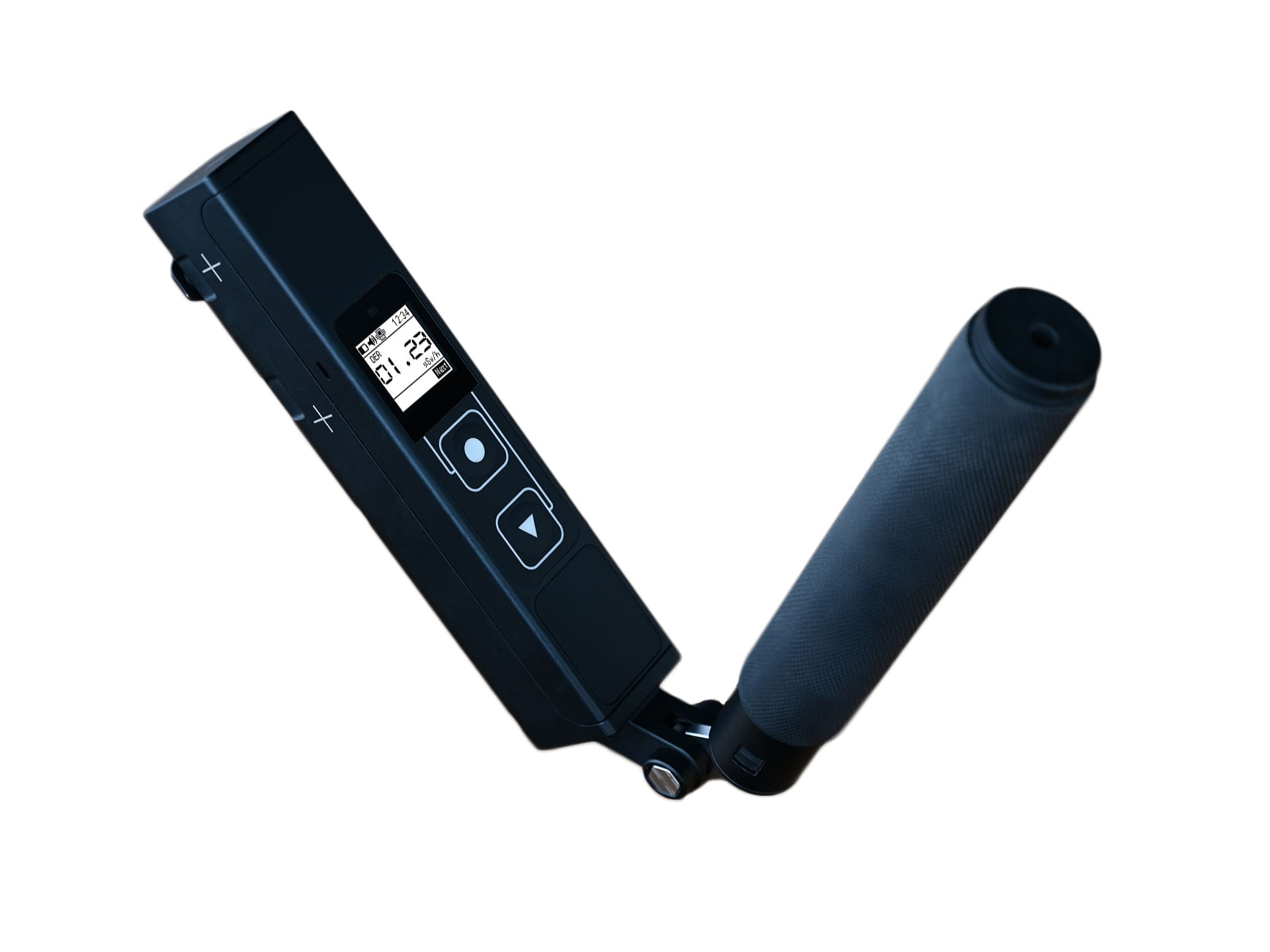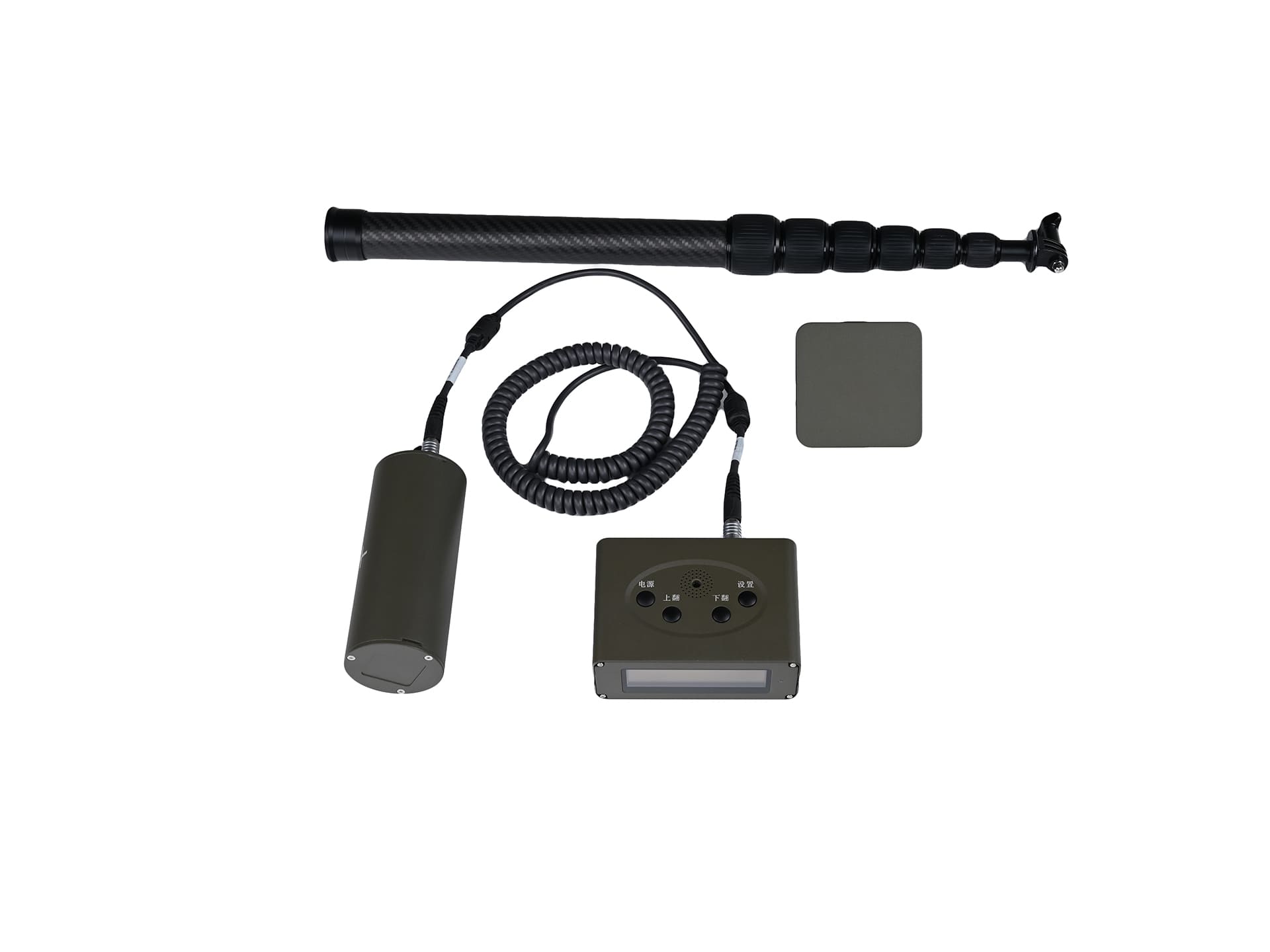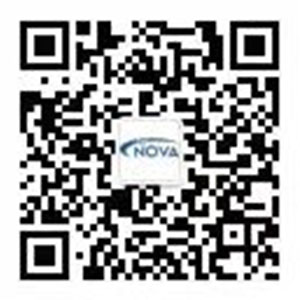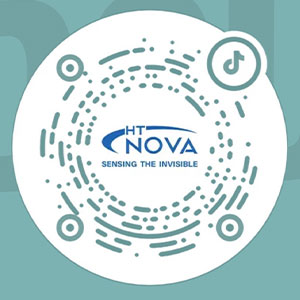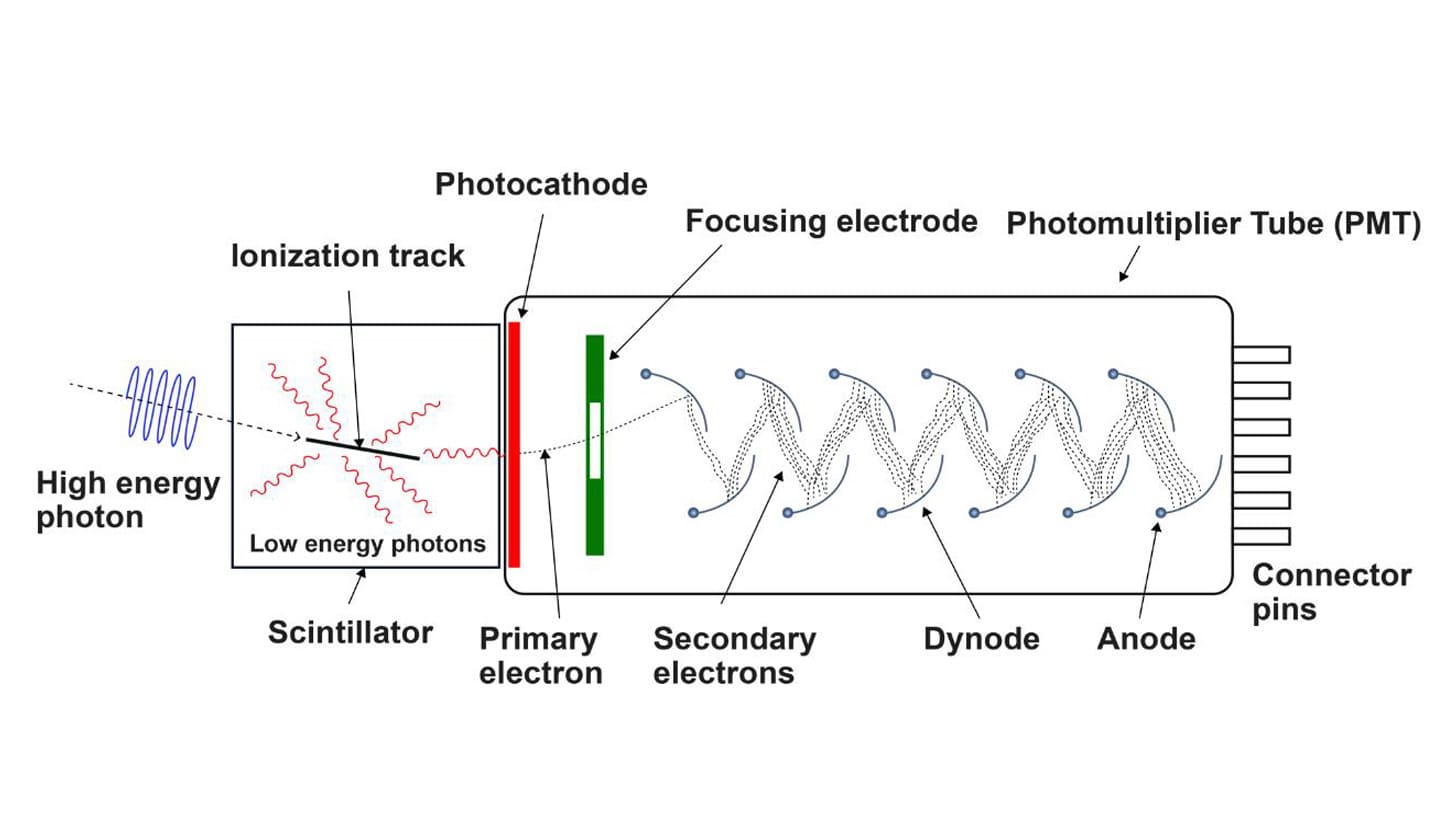
Nuclear Radiation
A radiation sensor, also known as a radiation detector, is a device specifically designed to detect and measure the presence of ionizing radiation in the environment. These sensors utilize various technologies to identify and quantify radiation levels. One common type is the Geiger-Mueller counter, which detects ionizing radiation by measuring the charge generated when radiation interacts with gas in the detector.
Another type is the scintillation detector, which uses special crystals that emit scintillation light when interacting with ionizing radiation. The intensity of these flashes is proportional to the radiation dose. Additionally, semiconductor detectors can measure radiation by detecting the charge generated when ionizing radiation interacts with semiconductor materials.
Radiation sensors are crucial in monitoring radiation in various environments such as nuclear power plants, medical facilities, environmental monitoring, and homeland security. They play a key role in ensuring safety by providing early warning of potential radiation hazards and accurate measurement of radiation levels for regulatory compliance and emergency response.
Technology Features
Highly sensitive sensors have wide applications
High sensitivity: Nuclear radiation sensor technology possesses extremely high sensitivity, capable of detecting trace levels of nuclear radiation, including α particles, β particles, γ rays, etc. This enables its application in various fields such as nuclear industry, medical radiological diagnosis, environmental monitoring, etc., for real-time monitoring and measurement of nuclear radiation
Wide application: Nuclear radiation sensor technology finds extensive application in scenarios like nuclear power plants, hospital radiation therapy, nuclear radiation accident emergency response, etc., aiding in monitoring and managing nuclear radiation levels to ensure public health and safety
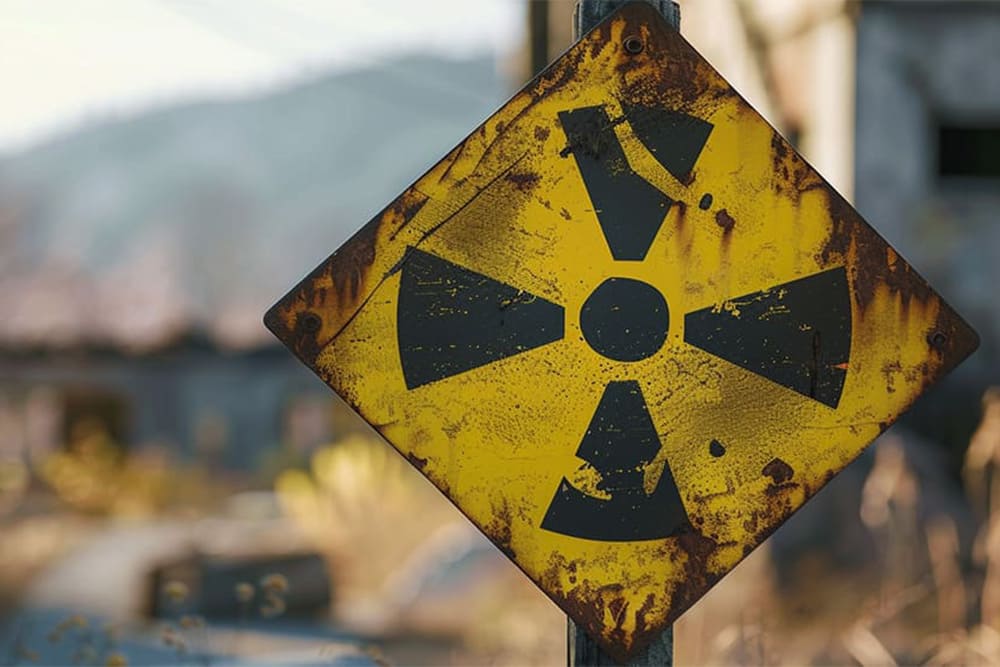
Real-time monitoring of radiation levels
Rapid response: Nuclear radiation sensor technology features rapid response capabilities, enabling it to detect changes in nuclear radiation levels in a relatively short period, facilitating timely warnings and responses
High accuracy: Nuclear radiation sensor technology allows for precise measurement and analysis of nuclear radiation levels, providing accurate data support for scientific research and emergency decision-making

Monitor α, β, γ, and X radiation
Versatility: Nuclear radiation sensor technology can monitor and measure different types of nuclear radiation, including α, β, and γ radiation, with various measurement modes and parameter settings to meet different needs in different scenarios
Reliability: Nuclear radiation sensor technology is characterized by stability and reliability. Through rigorous calibration and testing, it can operate stably in harsh environments and has a long service life, ensuring the reliability and durability of the equipment










